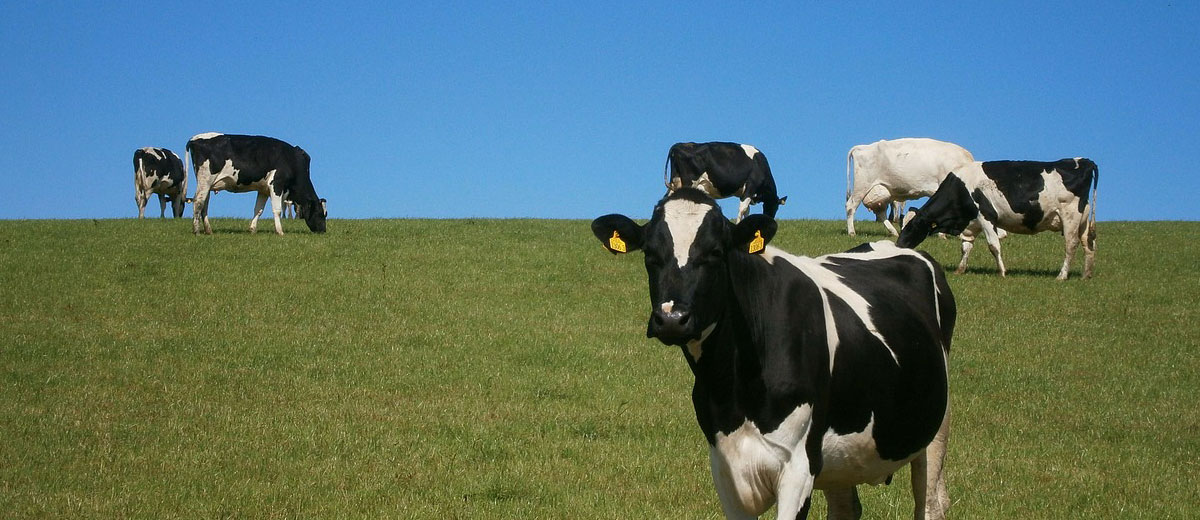
Inflation Likely Flared up Last Month Amid Higher Gasoline Prices
Economists anticipate that inflation experienced a resurgence in February, primarily due to escalating gasoline prices, suggesting a challenging path ahead towards achieving a two percent inflation rate.
Statistics Canada is scheduled to release its consumer price index report for February on Tuesday, with a general consensus among analysts predicting a 3.1 percent increase in prices compared to the previous year. This expected rise would negate some of the advancements seen in January, where the annual inflation rate decelerated to 2.9 percent.
Royce Mendes, the managing director and head of macro strategy at Desjardins, mentioned that they expect inflation to pick up again due to the surge in energy prices for the month, and that it seems likely inflation will fluctuate around the three percent mark in the upcoming months.
This inflation increase poses a slight challenge for the Bank of Canada, which is expected to start reducing its policy interest rate soon. However, Mendes emphasized the importance of observing underlying price pressure metrics on Tuesday to predict future inflation trends.
The critical aspect, according to Mendes, is understanding the underlying dynamics of price changes. In a recent statement, Tiff Macklem, the governor of the Bank of Canada, highlighted that nearly half of the components in the consumer price index are increasing at a rate exceeding three percent, a stark contrast to more typical inflationary periods where only about a quarter of CPI components would rise at such a rate.
The central bank has focused on broader economic and inflation trends rather than just monthly reports. Macklem also indicated that the central bank is cautious about reducing interest rates too soon and aims to ensure inflation is on a solid trajectory towards the two percent target before acting.
Douglas Porter, BMO’s chief economist, referred to this cautious approach as critical evidence supporting the bank’s prudence.
Since July, the Bank of Canada has maintained its key interest rate at five percent, awaiting further indications that inflation is moving closer to the two percent goal. The bank’s last forecast anticipates achieving this target by 2025, a view many economists agree with.
Porter pointed out that energy prices, known for their substantial impact on overall inflation, add uncertainty to these forecasts, as they can fluctuate significantly.
The upcoming inflation report on Tuesday will be the final one before the Bank of Canada’s interest rate announcement in April, which Porter described as a pivotal decision. While no change in the policy rate is expected next month, several analysts predict a possible adjustment at the June meeting.
Porter suggested that a strong indication from the bank in April might be necessary if it plans to reduce rates in June. However, he also acknowledged the bank’s inability to promise any specific actions due to the potential for significant developments over two months.
Following the April rate decision, the federal government will present its budget, potentially influencing inflation outlooks. Additionally, the Bank of Canada will have two more months of economic data to consider before its June decision, indicating a cautious approach in its communication strategy.








































